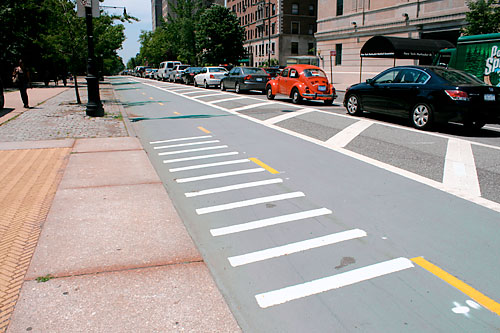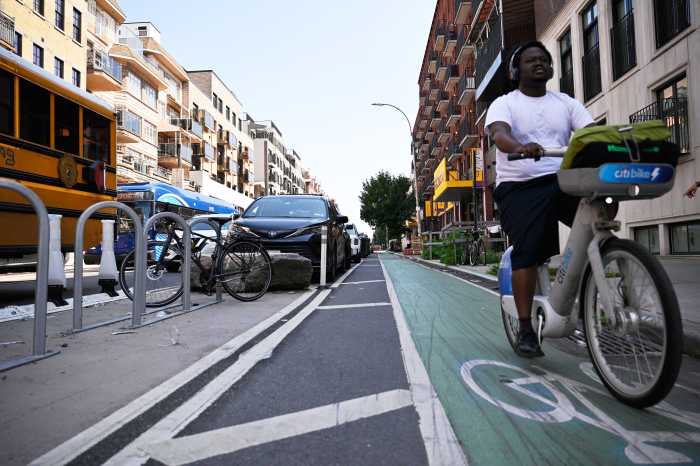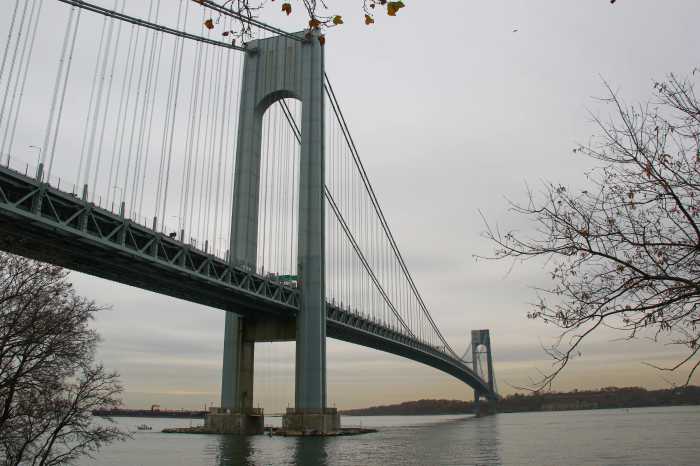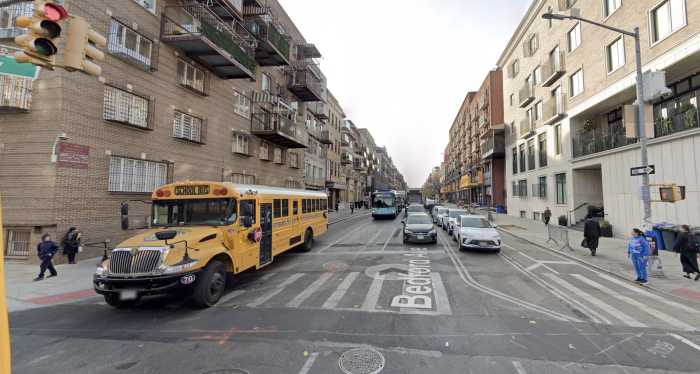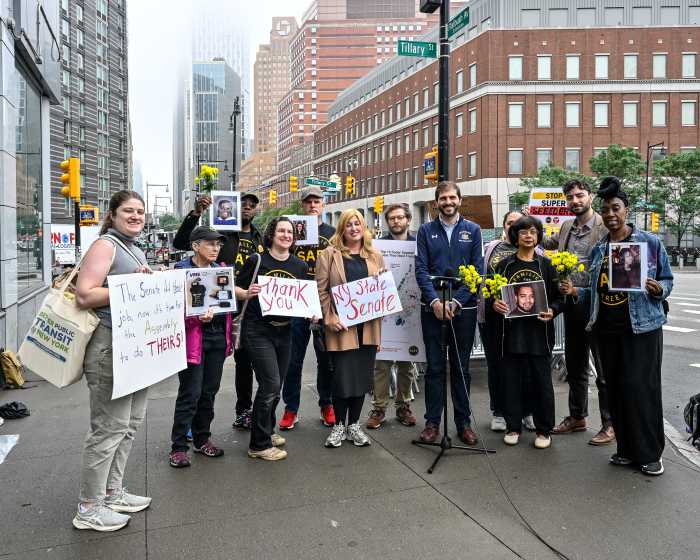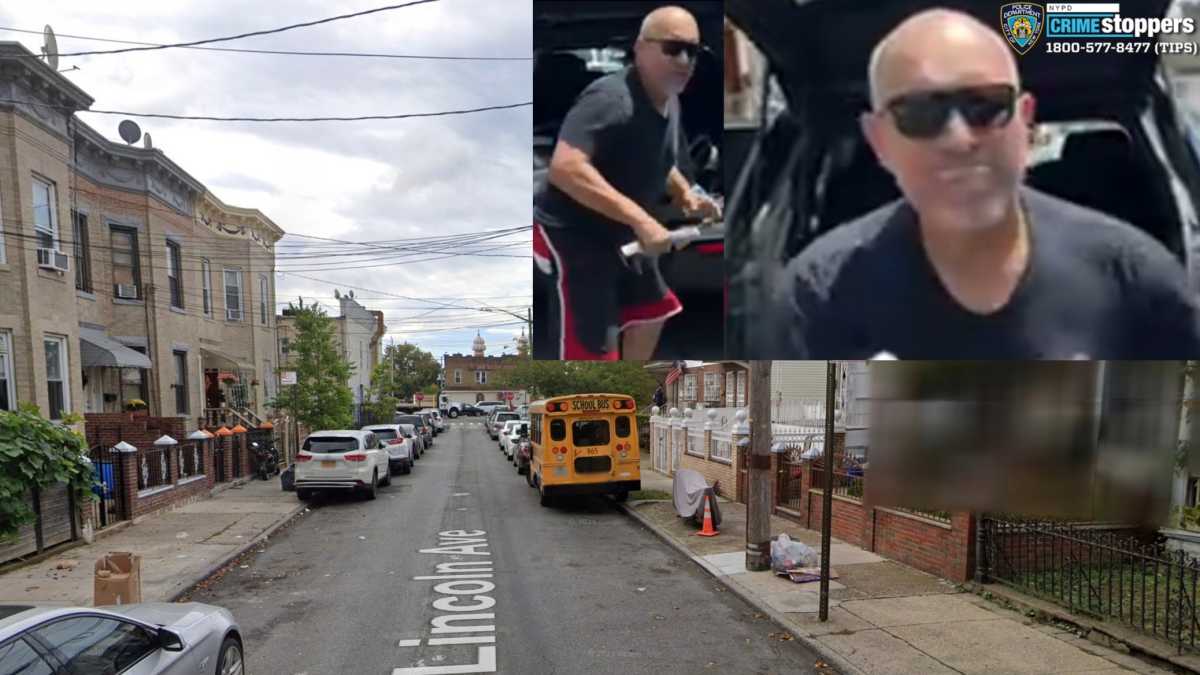Does Machiavelli ride the Prospect Park West bike lane?
City lawyers sounded a bit like the 15th-century Italian political theorist in court papers this week, partly arguing that when it comes to the controversial cycle path, the ends justify the means.
Responding to a lawsuit by bike lane opponents, the city fired back that installing the two-way protected cycle was done only after extensive analysis and a process that was “rational and reasonable in all respects.”
The legal brief — filed on June 9 in Brooklyn Supreme Court — also points out that the city charter gives the Department of Transportation sole power over regulating vehicular and pedestrian travel.
The brief argues that the lane did just that, calming traffic, providing better park access and stopping cyclists from riding on the sidewalk.
“These three goals were all met,” it reads.
But the brief skims over some of the legal questions raised in a lawsuit filed by Neighbors for Better Bike Lanes, which argued that the city fudged data and silenced opposition before and while it installed the controversial bike lane.
“Their papers are replete with factual, logical and legal flaws,” said lawyer Jim Walden, who represents Neighbors for Better Bike Lanes.
The documents come in response to the March lawsuit filed by the two ad-hoc neighborhood groups that claim the “experimental” cycle path has created dangerously “inconsistent traffic patterns” and “limited visibility.”
That lawsuit also alleges that the Department of Transportation intentionally mislead the public and tried to silence bike lane opposition, citing an exchange between an assistant transportation commissioner and a bike blogger that discusses “neutralizing” anti-bike lane efforts.
Last year, the city removed a lane of traffic to install the two-way bike path at the request of Community Board 6, which hoped to calm traffic on the hectic street.
There was some opposition — drivers and senior citizens among them — before the lane was painted last June, but protests took off in earnest when the lane, which runs from Grand Army Plaza to 15th Street, was finally installed last summer.
Since then, the Department of Transportation has consistently trumpeted it as a success because fewer cars now speed on the formerly three-lane boulevard, and fewer cyclists get into accidents. Polls also show that residents are largely in support of the bike lane, with 44 percent wanting to keep the bike lane exactly as it is and only 28 percent wanting it removed entirely.
The city is now moving to dress up the lane with plans that include pedestrian islands and rumble strips — basically small speed bumps for cyclists — designed to please opponents and make the street less chaotic.
The rumble strips — essentially speed bumps to alert cyclists that they are approaching a pedestrian crossing — were installed this week.
Critics still call the changes “cosmetic” and “too little, too late.”


